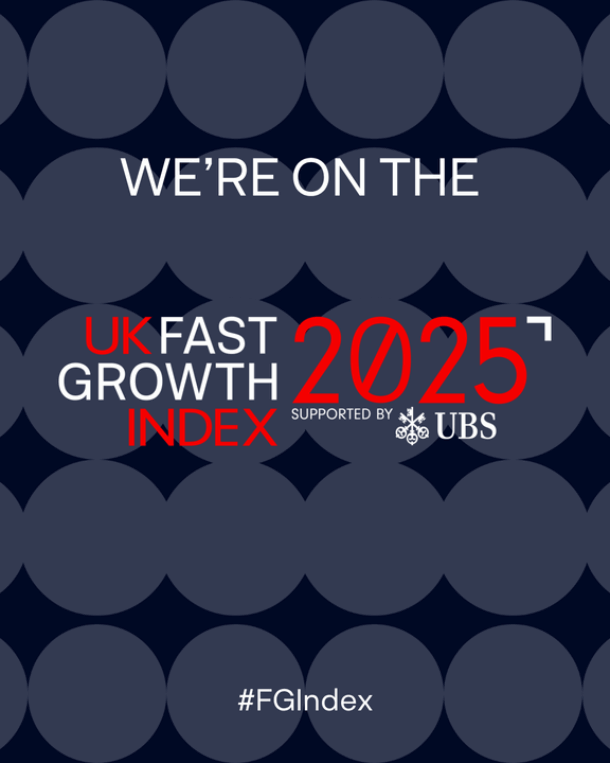By Jodie Beck, Mortgage and Protection Broker, Mortgage Maison
The Untapped Potential of Bridging Finance
When I moved from private banking into broking, one of the things that struck me most was how many clients – and even some brokers – had little or no awareness of bridging finance. Yet it is exactly the sort of product where a broker’s value truly shines.
Beyond Emergencies: A Proactive Tool
Regulated bridging loans are not just for emergencies. Used proactively, they can give clients the flexibility to act quickly and confidently, often turning a challenge into an opportunity.
At Mortgage Maison, I work with a wide range of clients, from first-time buyers to ultra-high net worth individuals. For some, the driver is a time-sensitive purchase. For others, it’s about avoiding the need to rush the sale of a property. This is particularly common with higher-value or unusual homes, where the seller doesn’t want to drop the price for a quick sale but still wants to secure their next property. Bridging finance can make that possible.
Why Specialist Knowledge Matters
Every case is different, which is why bridging requires a tailored approach. Lenders’ criteria vary widely, as do their appetites for certain types of properties and circumstances. You can’t simply put a case through an online system and expect the right outcome. The key is to match the client’s needs with the right lender quickly and accurately – something that relies on specialist market knowledge.
The Importance of Exit Strategies
A clear exit strategy is central to any regulated bridging loan. As brokers, we need to know not only how the client will repay the loan, but also what happens if their first plan doesn’t go to schedule. This means assessing affordability in line with FCA rules and having both a plan A and a plan B. Whether the repayment will come from selling an existing property or refinancing, it has to be realistic and deliverable.
The Broker’s Role: Adviser and Project Manager
For the client, the process often comes during a stressful period. There may be valuations, legal processes, forms, and urgent deadlines to manage. This is where the broker steps in not just as an adviser but as a project manager and problem solver. We structure the deal, explain the timeline, liaise with the lender, and keep all parties aligned so that the transaction moves forward as smoothly as possible.
Support and Collaboration in Bridging
For advisers who are unfamiliar with bridging, my message is to explore how it could fit into your advice process. There is a wealth of support available from lenders, networks, and other brokers. I’ve found being part of the Cornerstone Network invaluable for advice and knowledge-sharing, particularly when working on less familiar cases. Bridging can feel daunting the first time you deal with it, but by leaning on the experience of others, you can get the best possible outcome for your client.
Bridging as a Confidence-Builder
Importantly, bridging should be viewed as a proactive tool. With the right advice and a clear plan, it allows clients to secure the property they want without being held back by timing issues. It’s about giving them the confidence to move forward, whether that’s avoiding a rushed sale, buying at auction, or completing on a property that needs work before a high street lender will lend. The broker’s role is to identify when bridging is the right fit, match the client with the right lender, and guide them through the process from start to finish.

Cornerstone Podcast Series
Jodie talks about this and more in the Cornerstone Finance Group podcast episode Supporting Home Moves with Regulated Bridging.






